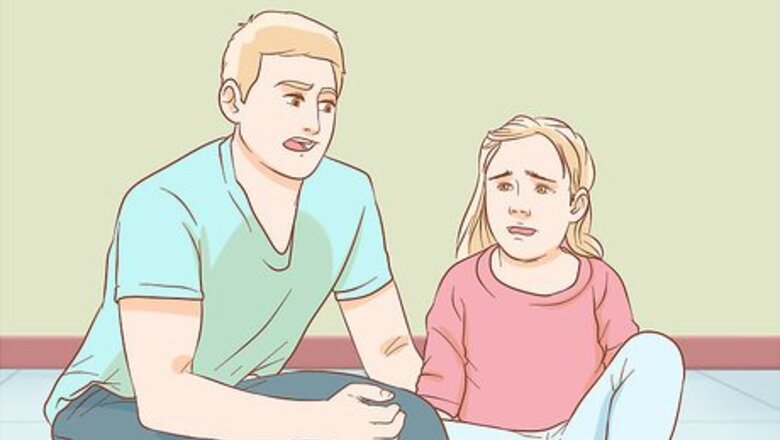
views
X
Trustworthy Source
University of Rochester Medical Center
Leading academic medical center in the U.S. focused on clinical care and research
Go to source
Many wounds to the tongue heal with no problems over time. Learn what to look out for and how to treat minor cuts to the tongue if they occur.
Applying First Aid

Calm the injured person down. Mouth and tongue injuries occur often in children, who will need to be reassured. Cutting the tongue can be a painful and frightening experience, so help whoever is injured to relax. Keeping both yourself and the injured calm will help as you treat the injury.
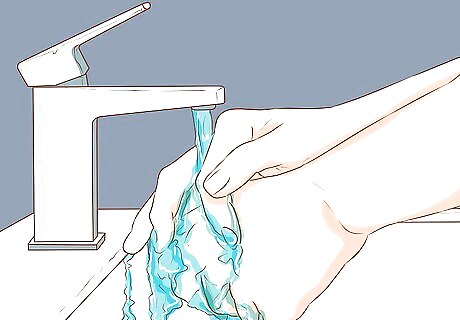
Clean and protect your hands. Before touching or helping anyone with a cut, you should wash your hands to reduce the chances of infection. You may also want to use medical gloves when aiding the victim, as blood can carry diseases.

Help the victim to sit up. By sitting up straight and tipping the mouth and head forward, blood can flow out of the mouth, rather than down the throat. Swallowing blood can cause vomiting, and sitting up with the head tilted forward will help prevent this.
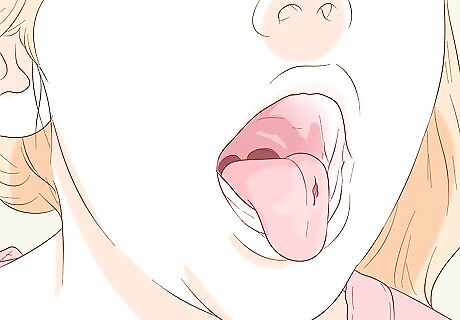
Assess the cut. A cut to the tongue will likely produce a lot of bleeding; however, it is the depth and size of the injury you will examine. If the cut itself is shallow, you can proceed with home treatment. If the wound is deep or longer than ½ an inch, your should seek medical attention. If something has punctured your tongue, it may require professional care. If you suspect foreign material has become lodged in the wound, you need to see a doctor.
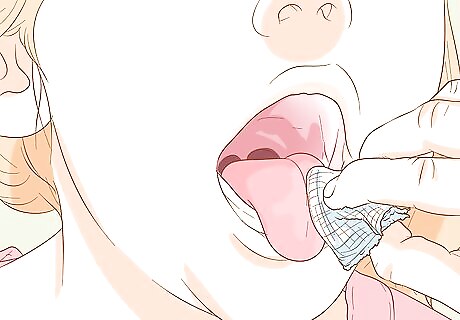
Apply pressure. Use gauze or a clean cloth to apply steady pressure to the injury for about fifteen minutes. This will help stop the flow of blood. If you notice blood has soaked through the cloth or gauze, apply more, without removing the original piece.

Prepare ice for the injury. Wrap an ice cube in a clean, thin, cloth. This will be held against the wounded area to reduce blood flow and prevent pain and swelling. Hold the ice bundle directly on the wound for no more than three minutes at a time. This can be done up to ten times a day. You may also simply suck on an ice cube or hold one in your mouth. To make the application of ice more enjoyable, you can try using a popsicle. Apply ice only on the first day of the injury. Make sure both your hands and the cloth are clean.
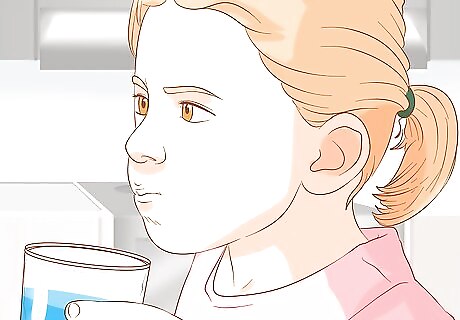
Rinse your mouth. The day after the injury is sustained, you should begin rinsing your mouth with a warm salt water solution. This can be done up to six times a day. Rinsing your mouth helps keep the wound clean.

Continue normal dental care. If your teeth have not been injured as well, you may continue regular dental hygiene, such as brushing your teeth. Make sure there were no injuries to your teeth before continuing any brushing or flossing. Do not brush or floss injured or broken teeth. If you have also suffered a dental injury, see a dentist as soon as you can.

Monitor your injury. As the injury heals, you should monitor its progress. Look for any signs that it may not be healing correctly or if another issue is arising. Seek medical attention if you notice any of the following signs: If blood flow doesn't stop after ten minutes. If you develop a fever. If the wound is excessively painful. If you notice pus coming from the wound.

Change what you eat. Chances are that a cut tongue will be sore and sensitive. For a few days after the tongue is cut, you may want to change what foods your eating. This can help reduce discomfort and prevent possibly injuring your tongue further. Avoid eating foods that are hard. Opt for soft foods instead. Try to avoid foods that are extremely hot or cold.
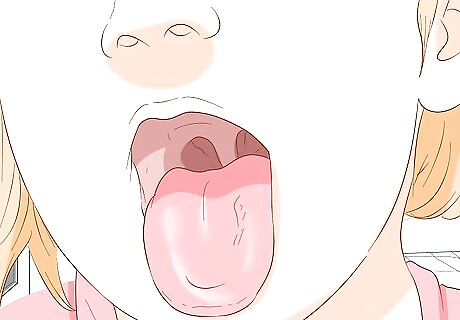
Wait for the wound to heal. Most cuts to the tongue should heal without trouble. After first aid and general care has been given, the final step is to simply wait for the injury to heal. Exactly how long the time it takes to heal will depend on how severe the injury is.
Caring for the Injury if Stitches Were Needed
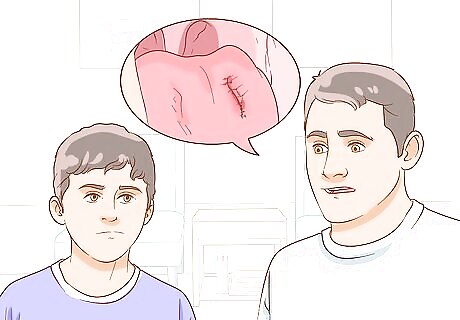
Explain the process. Often times, children will be the ones who injure their mouth, generally while playing. They may be curious or nervous before their appointment to get stitches. Explain to them what is going to happen and why it's needed. Reassure them that the stitches are a good thing and will help them feel better.
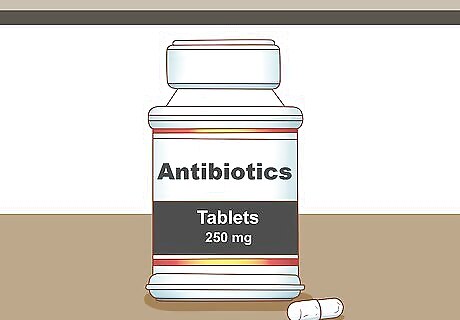
Take any antibiotics prescribed. If you were prescribed antibiotics to help fight an infection, you must take them as directed. It is important that you finish the full course of antibiotics, even if you start to feel better or think the infection has been stopped.
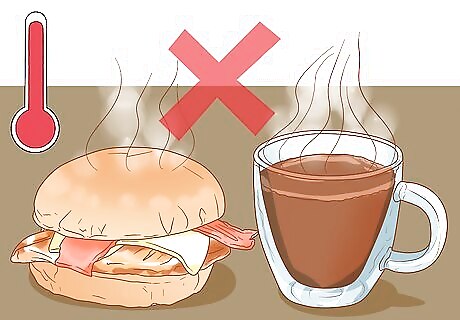
Watch what you eat. Your tongue will be sensitive, and ingesting certain foods or drink may worsen or aggravate the injury. If you notice any pain or discomfort while eating certain foods, stop eating them until your tongue is fully healed. You should avoid any hot food or drink if your mouth is still numb after receiving stitches. Don't eat any hard or chewy foods. Your health care provider may have additional dietary instructions.
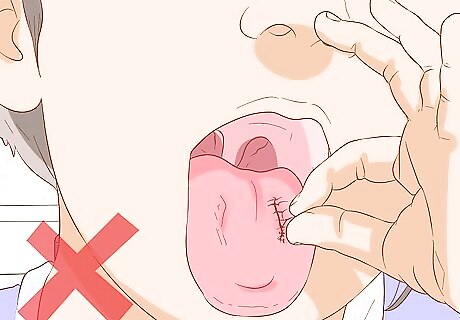
Avoid playing with your stitches. Although it may be frustrating to have stitches on your tongue, avoid pulling or chewing on them. This will only weaken the stitches and may cause them to fall out.

Monitor your progress. As your injury heals, you should watch its progress to make sure it is going well. Keep an eye on your stitches, and the wound itself, and see your doctor if you notice any of the following issues: Your stitches have come loose or fallen out. A return of blood loss that doesn't stop after you apply pressure. Any swelling or increase in pain. Developing a fever. Problems breathing.




















Comments
0 comment